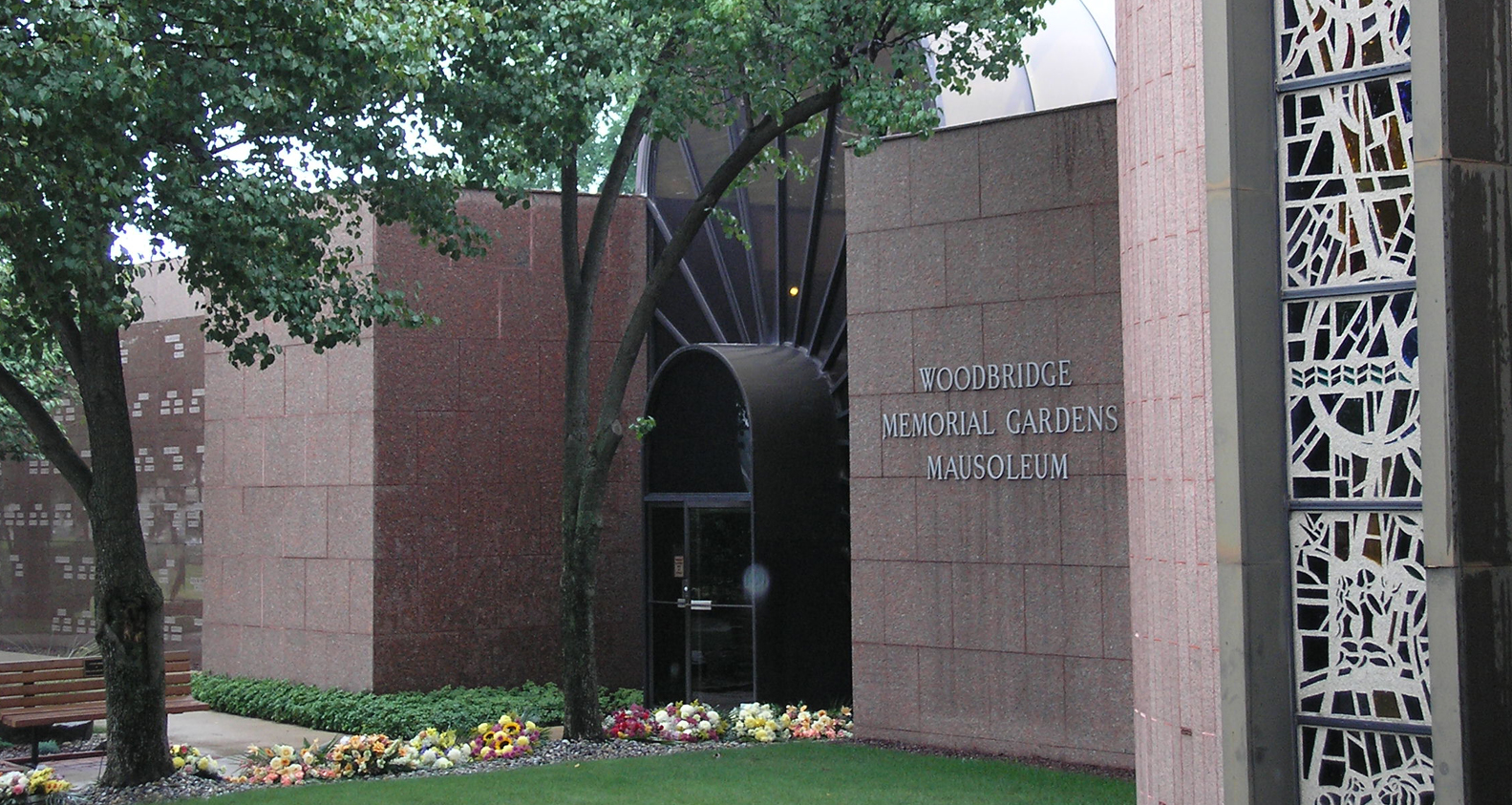
Cemeteries offer a few different options for how to be buried, including in-ground burial and above ground, such as entombment in a mausoleum. Choosing to be buried in a crypt, however, allows for either type of burial. A crypt can be above ground in a mausoleum or below ground in what’s known as a garden crypt. Aside from those obvious differences, another way that crypts can differ is in price. The cost of a burial cryptgenerally ranges anywhere between $1,600 and $20,000, depending on the options that you select and the state where you are considering making your purchase.
For example, a burial plot in South Carolina will cost $1,100 on average, while the average plot in Colorado is nearly double that amount, at $2,037. A plot in California averages nearly $4,000.
Such a wide range isn’t really helpful when you’re trying to plan a funeral, so here’s some guidance. Use the following to understand what cost factors come into play when choosing a crypt. We guide you step-by-step through the decision-making process for pinning down the burial crypt cost at different cemeteries you might be considering.
1. Narrow down the pricing options by choosing between above-ground and underground crypts.
Generally speaking, a crypt is a chamber that holds a casket. It can be located above ground in a mausoleum or underground in a lawn crypt. Either way, it differs from a traditional, in-ground burial because a crypt is much larger than a vault and is often shared among different families. Think of a traditional burial as placing a casket underground inside a vault, which is only slightly larger than the casket. A crypt, on the other hand, is akin to a chamber (or a large room) where many burials can take place.
Since crypts share one largely dug space, the cost of a burial crypt can often be lower than the cost of a traditional, in-ground burial with a private dug space. Also, the fees to open and close a crypt for burial tend to be lower than those for a private, in-ground, dug grave site. Of course, that won’t be the case if you opt for a private family crypt, since there won’t be any other families to share the costs with you.
2. Understand the range of prices for (underground) burial crypts.
So how much does a burial crypt cost when it’s below ground, like in a lawn crypt? There are still some additional factors to consider, but just by narrowing down the choices between above-ground and in-ground crypts, you’ve eliminated a lot of the guesswork. In general, you can expect to pay between $1,600 and $10,000 for a lawn crypt. If you add special customizations, the price can go upwards of $20,000.
The lower end of the price range represents what you’d pay, on average, for a space in a lawn crypt that you share with other families. The higher end represents the upper range of prices for a double crypt space. Prices for single crypt spaces can go as high as $6,000. For more detailed pricing information, it’s best to narrow your choices in cemeteries first, and then contact each one separately and get a custom quote to find out what they charge. Why? Because as we’ve stated above, a burial can vary in price depending on the state as well as the cemetery.
3. Understand the range of prices for (above-ground) mausoleum burial crypts.
So, how much does a burial crypt cost when it’s above ground, like in a mausoleum? For above-ground burial in a mausoleum crypt, the pricing is slightly different. Again, it depends on whether you choose a private mausoleum or a community mausoleum. As you’d expect, and much like a community lawn crypt, the public option is far more affordable. But with mausoleums, the price difference is quite dramatic.
Whereas you can expect to pay, on average, around $4,663 for a spot in a public mausoleum crypt, the price for a private mausoleum can run into several thousands of dollars. Private mausoleums offer families the premium option of a private space for eternity — one that’s built to survive the centuries and provide a clean, dry space for family burials that can be built to the specifications of the family.
4. Narrow down the pricing options by choosing between public and private crypts.

As you’ve just seen, one factor that makes the biggest difference in crypt pricing is whether the crypt is private or public. If you look around in any cemetery, old or new, you’ll notice that there aren’t very many large, private mausoleums. That’s because for most families, a private mausoleum or a private family lawn crypt is cost-prohibitive.
If you’re opting for a crypt burial simply because you prefer the peace of mind that a drier grave site brings you and your family, a public crypt might be a good choice. But if you’re seeking a place where future generations can come to reflect on the passing of multiple generations of family members who are interred in one place, in complete privacy, then you might want to consider private crypt options. And if you feel that a large structure is befitting your family burial plot and the wants and desires of future generations, again: a private mausoleum with multiple family crypts might be worth considering.
Again, every cemetery is managed differently and, as a result, has the potential to have very different pricing schedules for private crypts. It’s always best to contact cemeteries and find out the different ways they might be able to meet your needs.
5. Consider the other crypt option: columbariums.
For families who are considering cremation, crypts are still an option. A columbarium is an above-ground building in a cemetery that has spaces for cremation urns. Whereas a mausoleum has larger crypts for caskets, a columbarium has smaller crypts for urns. And just as is the case with all your crypt options, cemeteries charge a wide range of different prices for the columbarium “niches” (crypts).
In columbariums and in mausoleums, as in any type of burial plot, prices for the more desirable locations will be higher. Generally speaking, crypts that are located at eye level cost more. They’re more convenient, more visible, and easier for visitors to find.
Exploring Your Options
Whether you choose mausoleum or lawn crypt, public or private, single or double, a crypt can be a good option that brings many benefits we haven’t even mentioned. Loved ones will be able to visit any time, despite the weather. Winter burials are easier, and oftentimes crypts have a variety of resource-saving features that cemeteries can pass along as savings to you. Finally, if you’re worried about costs, you might want to consider advance-planning your crypt burial spot to lock in today’s prices on an installment plan before years or decades of inflation. To learn more, please feel welcome to reach out any time.


